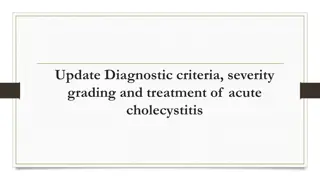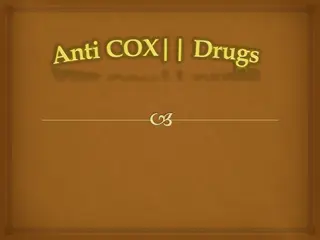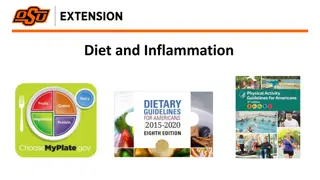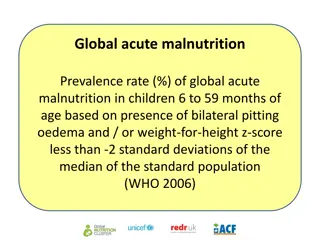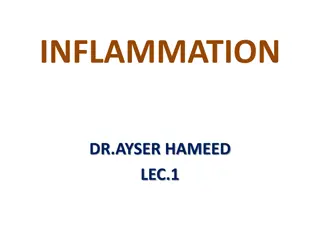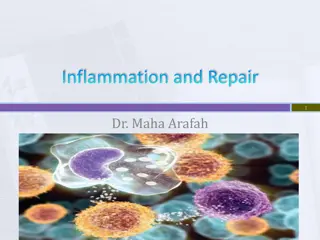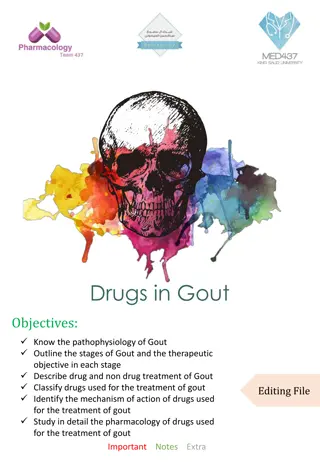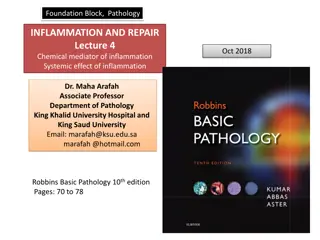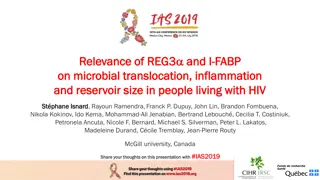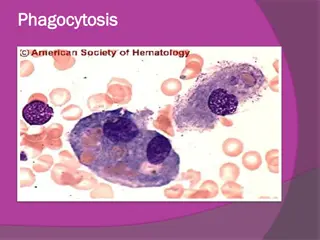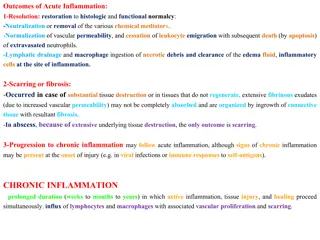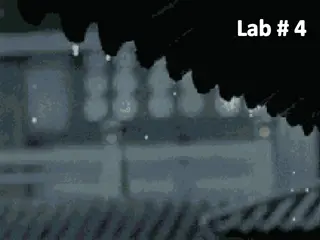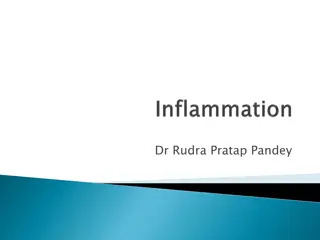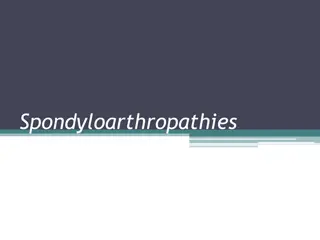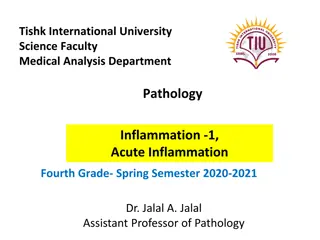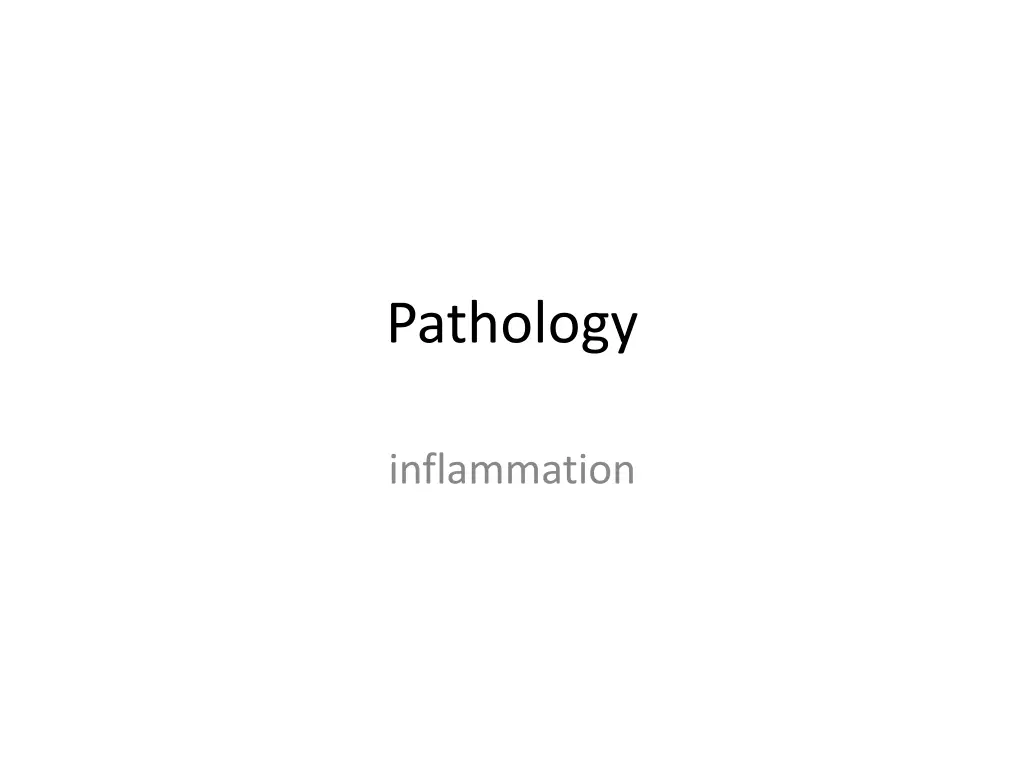
Understanding Inflammation and Cell Injury in Pathology
Explore the intricate process of inflammation as the body's defense mechanism against injurious agents, causing cell injury. Learn about the causes, effects, and factors influencing cell injury in this informative pathology guide.
Uploaded on | 1 Views
Download Presentation

Please find below an Image/Link to download the presentation.
The content on the website is provided AS IS for your information and personal use only. It may not be sold, licensed, or shared on other websites without obtaining consent from the author. If you encounter any issues during the download, it is possible that the publisher has removed the file from their server.
You are allowed to download the files provided on this website for personal or commercial use, subject to the condition that they are used lawfully. All files are the property of their respective owners.
The content on the website is provided AS IS for your information and personal use only. It may not be sold, licensed, or shared on other websites without obtaining consent from the author.
E N D
Presentation Transcript
Pathology inflammation
Inflammation Inflammation is the process that cause defense mechanism of the body against injurious agents to destroy it, dilute its toxins, isolate agent and prepare for good healing.
Inflammation Def: It is response of the living tissue to mild irritant Causes: All causes of cell injury
Causes of cell injury (injures agents):- 1-Living organism:- As bacteria, virus, parasite and fungus. 2-Non living cause:- 1-Physical coldness, hotness and irradiation. 2-Chemical acid, alkalis and metals. 3-Mechanical trauma. 3-Hypoxia (O2lack):- 1-Ischemia decrease blood supply (obstruct artery). 2-Inadequate O2heart and lung diseases. 3-Decrease carrying capacity for O2anemia. 4-Genetic disease: mutation of nucleus. 5-Enzymatic deficiency. 6-Nutritional 7-Immunological
The most important places affected in cell are:- (1)Cell membrane. (2) Sites of protein synthesis. (3)Cytoplasm. (4) Chromatin materials. Factors affect on cell injury:- (1)Type of injured cell. (2) Type of injures agent. (3)Duration of injured agents. (4) Severity of agents. N.B 1-When the affected agent take short time and mildly affect the lesion not sever. 2-But if agent take long time and also mildly the lesion becomes sever.
Effect of inflammation inflammation has two effects: 1. local effect 2. General effect
1. local effect vascular phenomena:- 1-Transit V.C due to stimulation of V.C.C. 2-Vasodilatation due to stimulation of V.D.C and effect of histamine. 3-Slowing of circulation due to: 1-swelling of endothelium of B.V. 2- open new capillary 3- hyperemia. 4-Margination of leucocytes to side of blood vessel. 5-Emigration of leucocytes to opening of endothelium towards the site of infection by aids of chemotaxis to phagocytos the agent . 6-Inflammatory fluid exudates (protein rich fluids due to of hydrostatic pressure + of osmotic pressure inside and outside.
Chemotaxis They are chemical mediators secreted from injurious agent or blood plasma to attract the macrophage to engulf the injuries agents:- 1- Plasma derived: complement, kinins, and coagulated factors. 2-Cell derived: leucocytes, mast cells, fibroblast, and platelets. 3-Others : histamine, prostaglandin and serotonin.
Inflammatory exudates formed from:- 1-Fluid exudates: riches by fibrinogen+ antitoxin + agglutinin + opsins. 2- Cellular part: polymorphs + macrophage + pus cell [dead leucocytes]. Phagocytosis: It is process by which the macrophages engulf the irritant agents. Cardinal signs of inflammation: 1.Hotness. 2.Swelling. 3.Redness. 4.Pain. 5. Loss of organs function.
General effect of inflammation To brain= (pyrexia) Lymph node =Lymphatic hyperplasia Heart Inflammatory Area =Fatty change + toxic myocarditis To vein = toxemia or bacteraemiaviremia, septicemia and pyaemia To bone marrow =Blood (anemia + leucocytosis
Types (classification) of inflammation Acute inflammation sub acute chronic Classified into specific as T.B non specific Non-Suppurative Suppurative(with pus) as in viral infection Localized diffuse 1. Cattarrhal. - Cellulites 2. Membranous. Abscess. Mucomembranous 3. Fibrinous. Boil. (Appendicitis [riched by leucocytosis] 4. Hemorrhagic. carbuncle. 5. Allergic. 6. Serous.
Character and examples of acute inflammation The character of acute inflammation are: 1-It is of sudden onset 2-take short duration 3-its cell is polymorphy (neutrophil) 4- has thin B.V. While that of chronic inflammation: 1- It is of gradual onset 2- take long duration 3- its cells are lymphocyte + plasma cells +histocyte + eosinophil + basophile + fibroblast 4-(has thick B.V.)
Examples of Supportive inflammation 1-Abscess: it is localized suppurative inflammation caused by pyogeneic organism (as Staphylococcus) secrete coagulase. The end of abscess: 1. healing. 2. chronic abscess. 3. chronic ulcer 4. sinus. 5. fistula. 6. pyaemia. 2-Boil (furuncle): it is small abscess related to hair follicle. 3-Carbuncle: Pus present in multiple sinus Not be:- Suppuration means pus formation which is: 1-thick, turbid ,yellow, alkaline fluid 2-composed from(bacteria and their toxin, necrotic tissue ,inflammatory cells and inflammatory fluid exudates
Abscess boils Pustule Lesions caused by staphylococcal infections 16
Lesions caused by streptococcal infections Erysipelas Cellulites Spreading infection of dermis cause red painful lesions in skin Diffuse Suppurative inflammation of subcutaneous connective TS 17

